In the early days of the Great Recession, Barack Obama signed a stimulus bill injecting hundreds of millions of dollars into the American economy.
Little ol’ Kit Carson Electric Cooperative here in Taos was given 64 MILLION DOLLARS! The goal was to wire up homes in our rural area, providing fiber-optic cable directly to every house that requested it.
The program put people to work, laying cable and digging trenches, but also provided much needed affordable high-speed internet to residents locked into high prices for very little service.
I was stuck in that situation, paying evil CenturyLink $45/month for a promised 1.5 mb/ second. (It was always slower than that.)
No higher speed was offered.
Period.
Seven years later, I finally got my 30mb/second for $40/month. As of last week, I’ve officially joined the 21st Century. (Insert government efficiency joke here.)
My first move, after telling CenturyLink to fuck off, was to set up Netflix. All those shows you’ve been watching were finally in my grasp, like a handful of lollypops fresh from the piñata.
I began with “House of Cards” since it came first; Netflix’s big debut. My wife and I sat down on the couch, and were immersed in a fleshed-out universe of power, greed, desire, betrayal, and, ultimately, murder.
Jessie pulled out near the end of the first season, realizing this was not a redemptive story. She had no interest in filling her brain with negative, Machiavellian schemes, once she realized there would be no light at the end of the tunnel. (I made a similar choice with “Breaking Bad,” and never regretted it.)
So now I’m on my own, pressing the “next episode” button like a rat begging for pellets. Please sir, may I have some more?
More drama. More pain. More controversy. More emotional escape into the fictive lives of others.
We’re all voyeurs at this point. We peek in on our high school friends in bikinis on Instagram, read salacious tidbits about politicians on nytimes.com, or perhaps binge-watch “The Wire” to fool ourselves into thinking we could possibly know how hard some people have it, on the other side of the tracks.
As photographers, and photo-book lovers, we often get our “virtual” reality as we turn the pages of someone else’s story. Photographer X goes to visit Culture Y, and the resulting Z images hold our attention for a little while.
No harm done.
But occasionally, you pick up a book that might not deviate from that pattern, but it renders others’ lives in such emotionally wrought detail that you don’t feel like a snoop. Rather, you have the sense that your understanding of the human condition has ratcheted up one notch, and you’re the better for it.
“Imperial Courts, 1993-2015” a photo-book by Dana Lixenberg, released by Roma last year, is such a book. Frankly, this one is about as good as it gets.
There’s little text to guide at the beginning, but it’s clear the photographer visited some African-American projects, beginning in 1993. The portraits are exceptional, and I didn’t need the end notes to confirm they were made with a large format camera.
You don’t get pimple detail like this without breaking out the large-scale hardware. (Certainly not in 1993. Maybe these days you can swing it, if you have 80 Grand to spare.)
The photo of criss-crossing highways on the cover suggests SoCal, but it’s not until we see a California license plate, maybe 1/4 of the way in, that I was sure this was LA. (I might have guessed, but that’s different from knowing.)
Two well-written essays at the back confirm what you slowly piece together for yourself. Imperial Courts is a housing project in Watts, and Ms. Lixenberg returned multiple times over the decades to revisit the work.
Unlike Nick Nixon’s “The Brown Sisters,” which is categorical in its dissection of the aging process, skin decaying before our eyes, this project relishes its gaps. Apparently, the artist stayed away for 15 years at one point, the series always simmering in the back of her mind.
People grow up. They have kids. Their kids have kids.
Some die.
Hair styles change. Fashions evolve. But according to the pictures and the words, life in Imperial Courts more or less stays the same.
Poverty. Violence. Lack of opportunity. Resilience. Strength. Community.
The book reminds us that most of these people have likely never seen Malibu. Perhaps not even put their feet in the sand in Santa Monica. Places like this may sit adjacent to LA wealth, but for all practical purposes, they’re living in another world.
The back section serves as a visual index, showing family connections between subjects, and printing images that were not afforded enlarged status in the plates. (The B-sides, if you will, but they’re all excellent.)
Ms. Lixenberg was drawn to LA to photograph the Rodney King riots in 1992, and one assignment begat a project that has carried her into middle age. I was a senior in high school that year. I’d barely even been to California.
Now I’m 42, and was cruising the 405 just this summer. But I didn’t drive through South Central.
No sir.
A book like this does everything right. The pictures are amazing. The cultural history is respected. The subjects received prints, and became friends with the photographer. Relationships were built, and some broken, as residents passed on.
I’m not sure that any photo-book, even this one, can fundamentally change who you are. Is it anything more than entertainment? Maybe. If it inspires you to create more, to strengthen community bonds, to strive for greatness, then perhaps art has more power than we realize.
Bottom Line: Brilliant, in-depth photo series shot in Watts

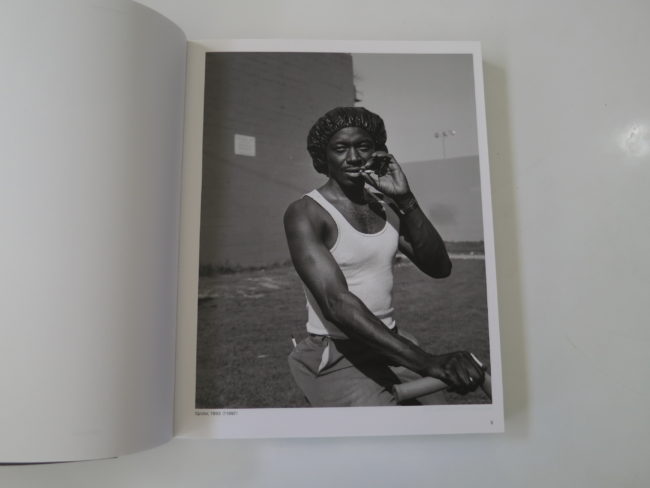
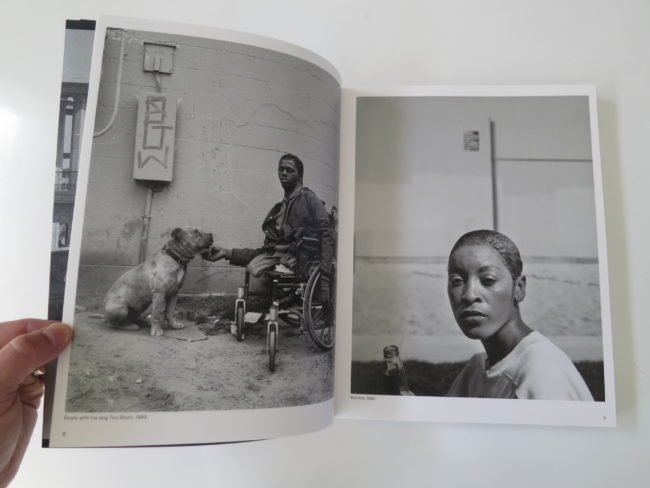

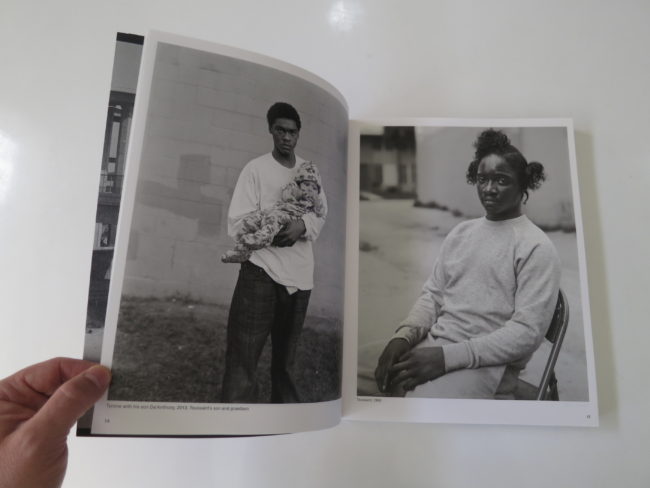
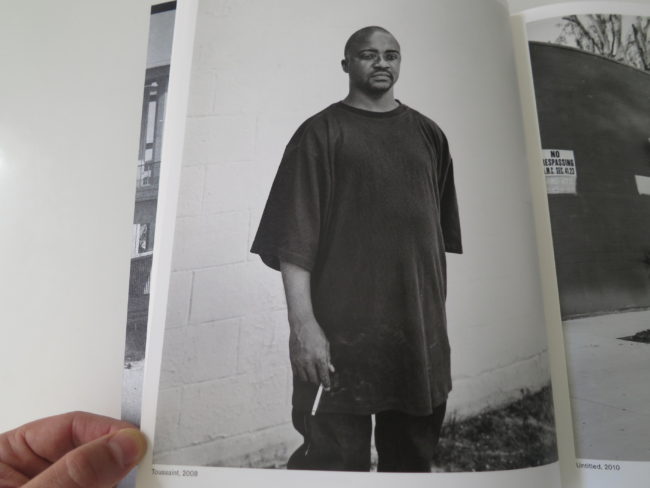

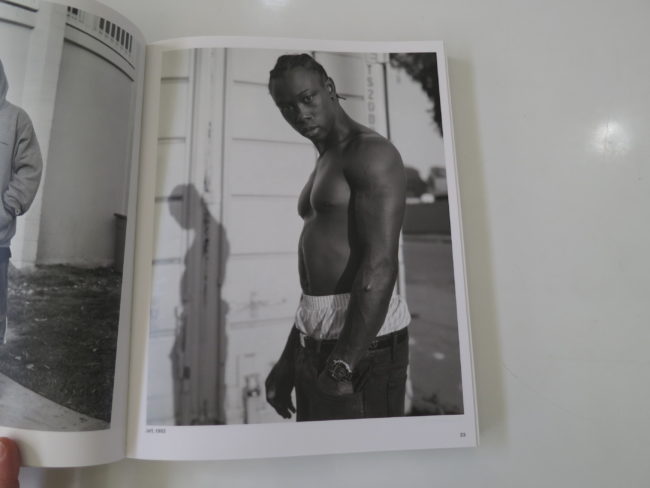

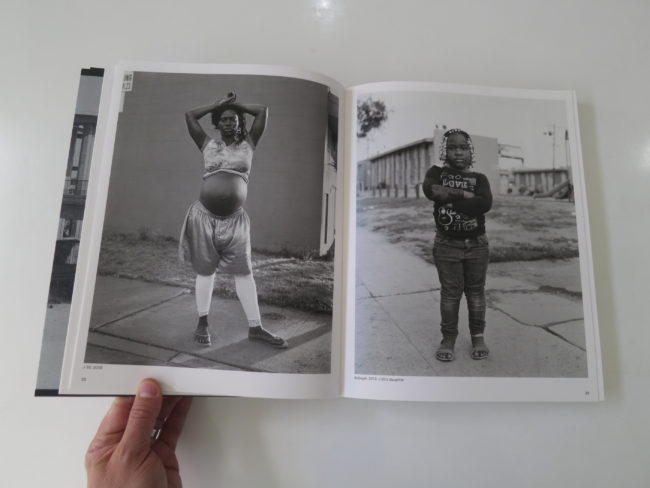

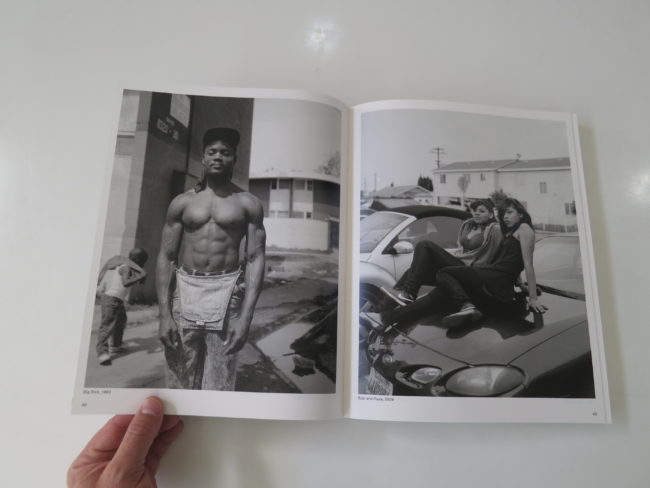

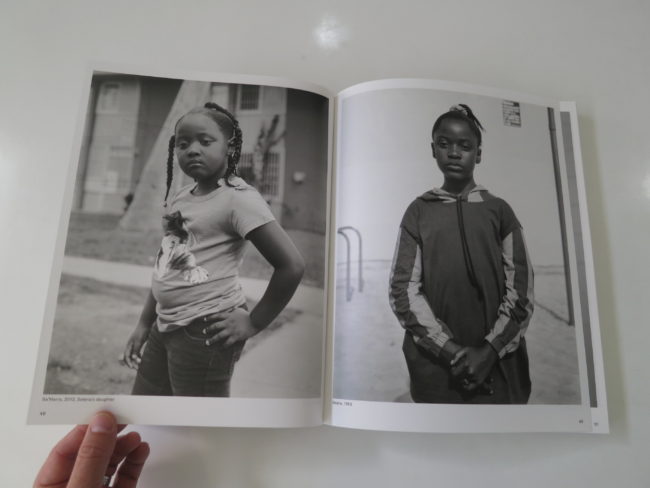

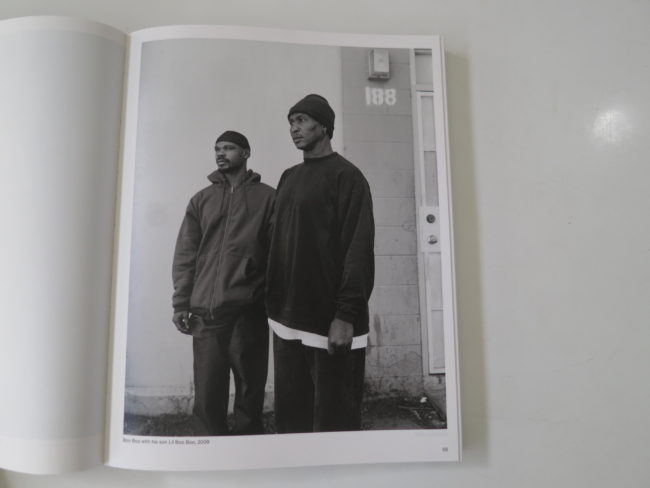

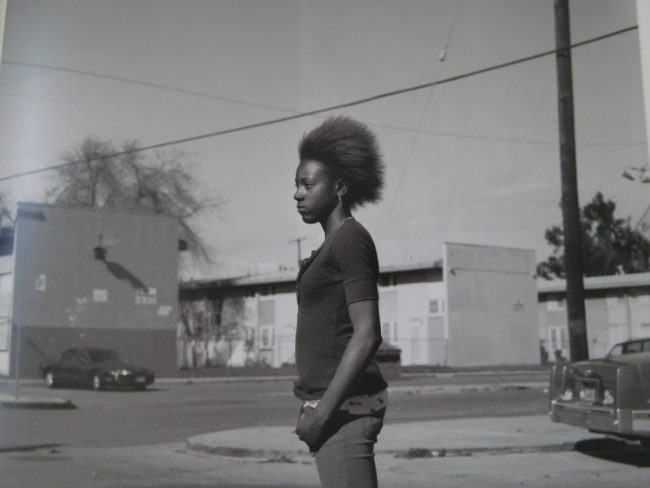
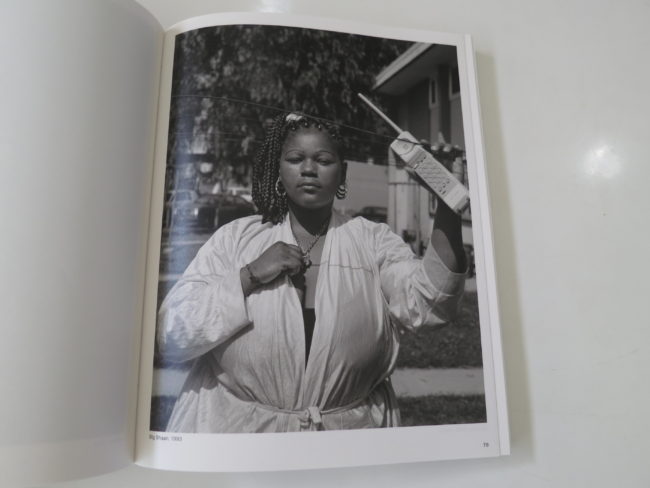
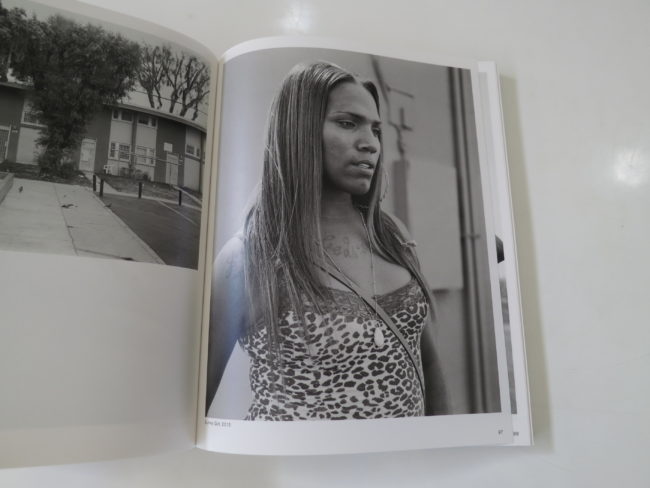
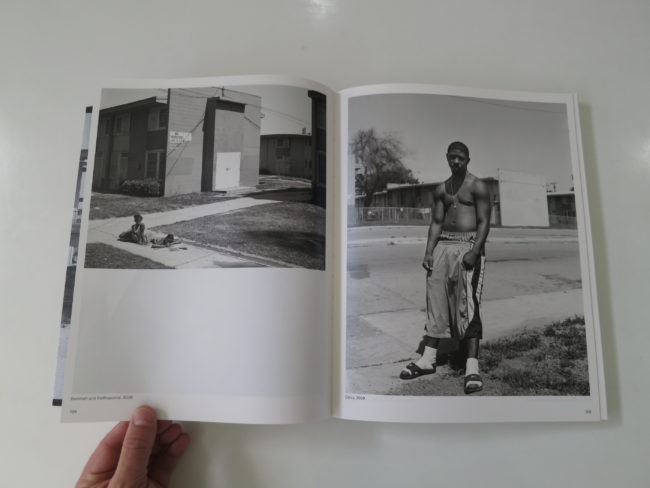
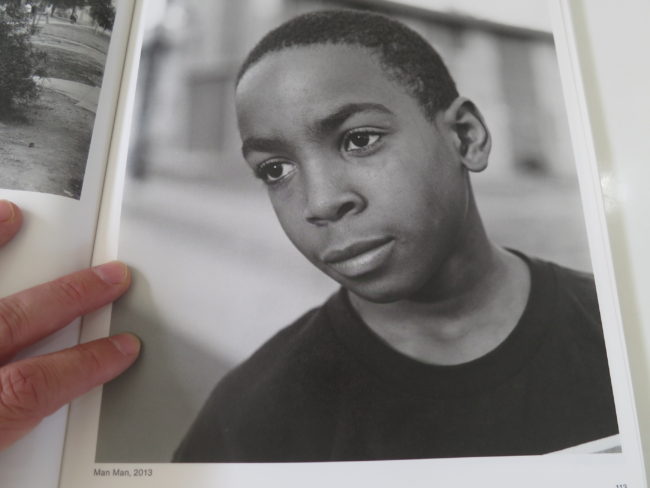
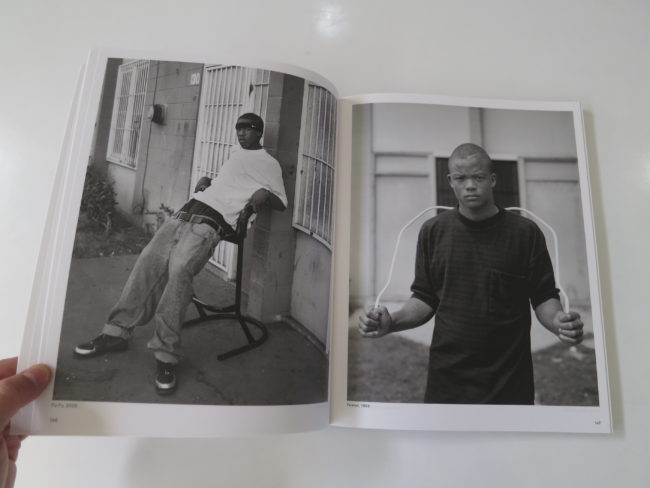
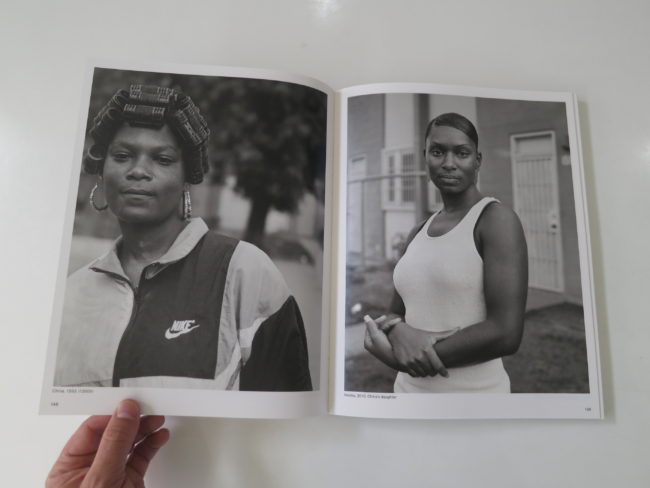

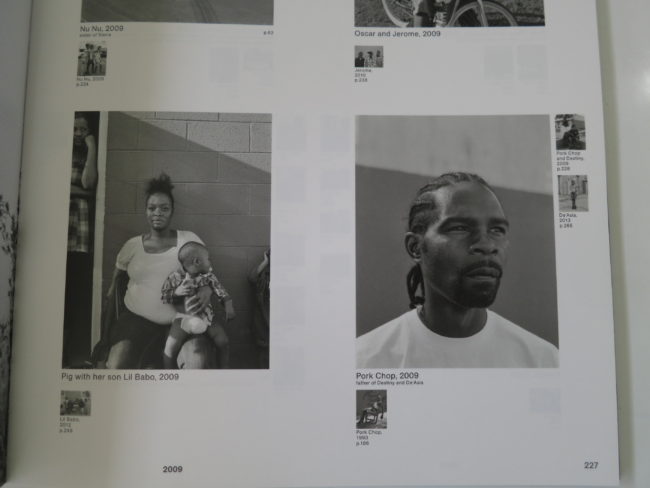
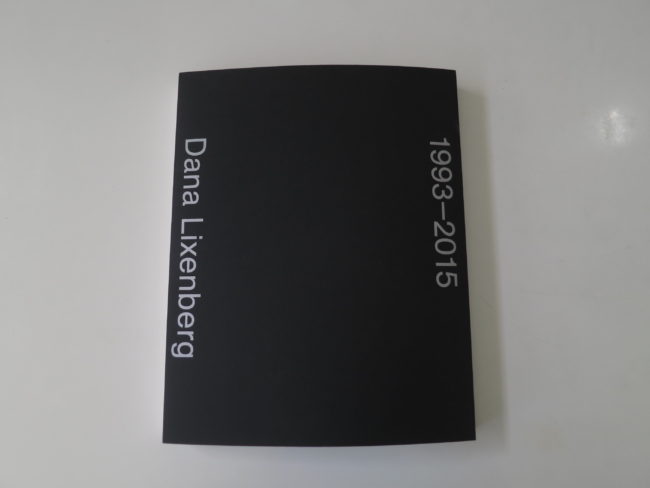
3 Comments
Thanks for the review (each and every week). If you haven’t checked out the associated website/mobile “experience,” it blows open the systematic nature of the project, and its attempts at describing connections and relationships. It’s great work.
http://www.imperialcourtsproject.com/
I’ve been following “This week in Photography Books for a long time. You present interesting books, reasoned content and no hard sell, all things I appreciate.
I don’t appreciate today’s comments nor the “Fuck off”.
The fact that it took sixty four million taxpayer dollars to provide fiber to a grand total of 760 customers at an average cost of $84,210 per house doesn’t make Century Tel look evil, it makes you look entitled and taxpayers like me scratching our heads.
Keep up the good work on the book reviews, and try to make your point without using the word fuck.
I would like to meet the “evil” Manager at Century Tel who did a bit of arithmetic and realized $84k per customer to run fiber was a bad idea, he might be worth hiring.
Gorgeous, moving portraits of fellow Americans and their neighborhoods many of us choose not to see. Is it me, or does it seem that more and more we have to rely on the eyes of foreigners to show us what our country actually looks like- not just what we self censor it to be?
Comments are closed for this article!